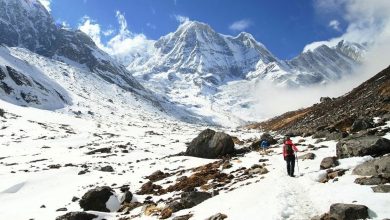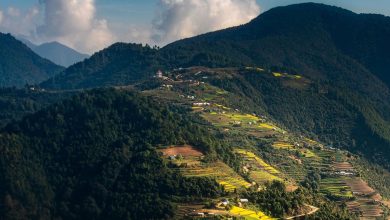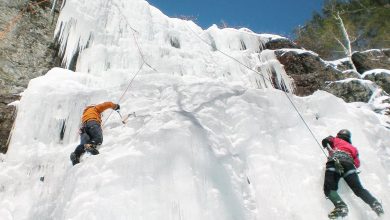What are the Five Great Lakes In North America?
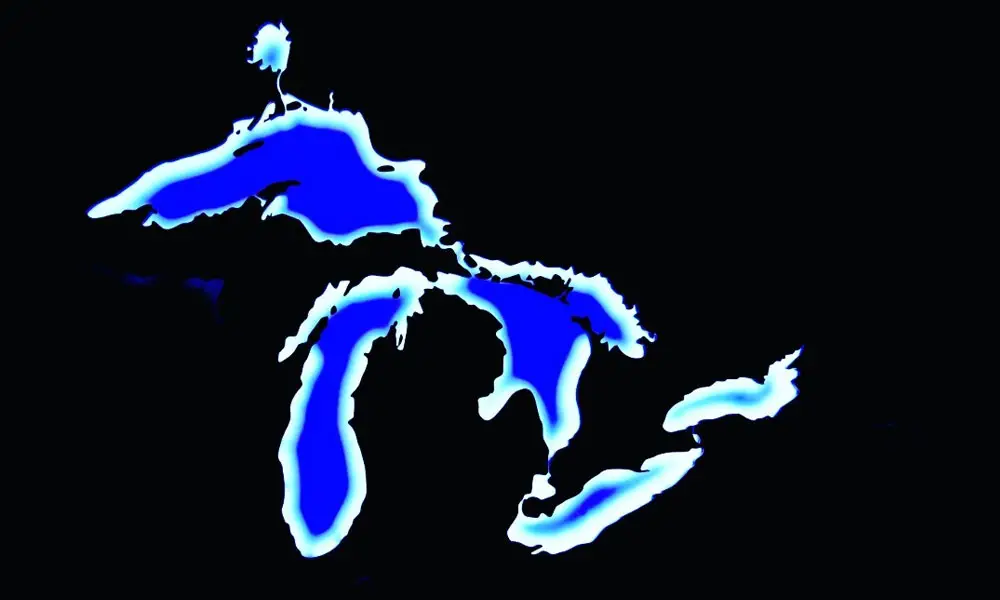
Imagine standing on the edge of a vast, shimmering expanse of water that stretches as far as your eyes can see. You’re not at the ocean, though; you’re gazing at one of North America’s greatest natural treasures – the Great Lakes.
You might be wondering: what makes these lakes so special? Well, there are five of them, and they go by the names Lake Superior, Lake Michigan, Lake Huron, Lake Erie, and Lake Ontario. Each one has its own personality, like friends in a group. They’re like enormous puddles, only much, much bigger.
These lakes are not just big and deep; they are a lifeline for the people living nearby. They offer up fish for dinner, routes for big ships, and peaceful spots for reflection. In this article, we’ll take you on a journey to get to know these incredible lakes better. So, put on your explorer’s hat, and let’s dive into the fascinating world of the Great Lakes!
Geographical Formation of Great Five Lakes
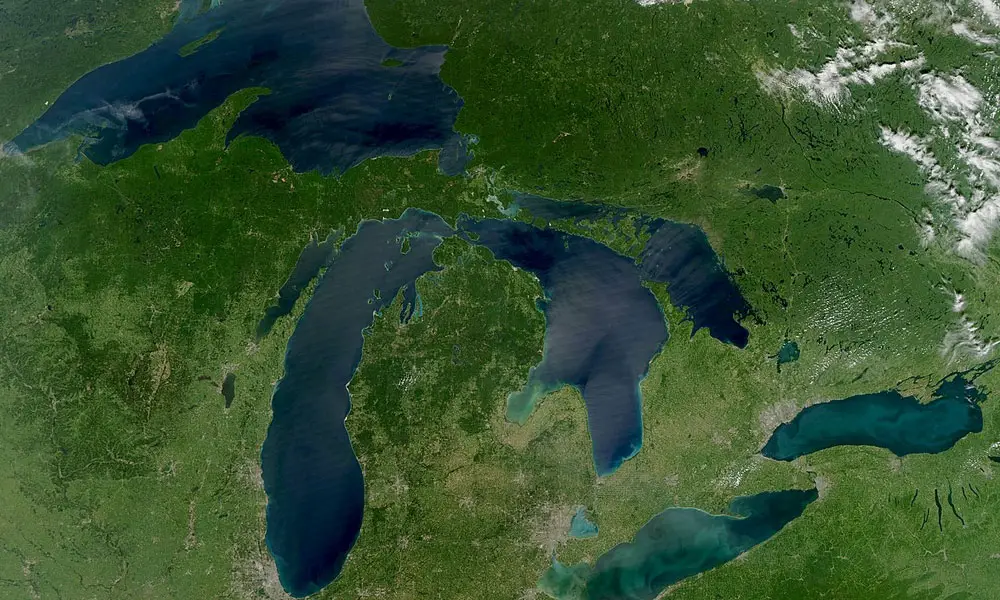
Let’s travel back in time, long before smartphones and cars, to a world shaped by ice and relentless change. Picture North America, where the Great Lakes now sit, as a vastly different place. It was a land ruled by glaciers, enormous sheets of ice that stretched farther than the eye could see. These glaciers, like icy bulldozers, had a mission: to reshape the Earth’s surface.
As these glaciers marched across the land, they bulldozed everything in their path. They scraped the earth, picked up rocks, and carved deep grooves into the ground. These grooves would later become the lakebeds of the Great Lakes. It was as if Mother Nature herself was digging out giant pools to fill with water.
But why did the glaciers do this? Well, it’s all because of something called the Ice Age. Back then, the Earth was much colder than it is today. The ice sheets were like giant icebergs, and they covered a big part of North America. These sheets, over thousands of years, dug and shaped the land beneath them.
Then, as if by magic, the world started to warm up. The ice began to melt, and as it melted, it filled the holes it had carved with water. These became the Great Lakes. So, in a way, the lakes are like a frozen memory of a time when the Earth was colder and covered in ice.
Historical Significance
Native tribes like the Ojibwa and Huron have called these shores home for ages, and European explorers once sailed these waters, leaving their mark. The Great Lakes even played a part in shaping the USA during the War of 1812.
Today, these lakes are where history meets culture. Cities like Chicago and Toronto bustle with life, museums tell tales of the past, and festivals celebrate traditions. The Great Lakes are where history lives on, inviting us all to be a part of their story.
Now, let’s meet each of these magnificent lakes up close:
Lake Superior

Imagine a lake so big it could hold all the water from all the other Great Lakes and still have room left over! That’s Lake Superior, the largest of the group. It’s like the boss of the lakes, sitting up in the north, with its deep, dark waters. If you could dive to the bottom, you’d need to swim down over 1,300 feet (that’s deeper than three football fields stacked on top of each other).
When to Visit
People visit Lake Superior all year round. In the summer (June to August), it’s sunny and perfect for swimming, boating, and hiking. If you like colorful leaves and cooler weather, fall (September to November) is when the trees show off their reds and oranges. In winter (December to February), it gets snowy, great for winter sports like skiing. Spring (March to May) is for birdwatchers and waterfall lovers as the birds return and waterfalls flow.
Importance
Lake Superior is a big deal for a few reasons. It’s super important for shipping goods and helps the economy. But it’s also famous for its natural beauty, drawing people from all over the world. Plus, it’s a playground for outdoor fun and a place for studying nature.
Activities to do
When you visit, you can do all sorts of stuff. Hiking is a big hit – there are trails through forests with amazing lake views. You can paddle on the lake, try your hand at fishing, explore cool old lighthouses, or take scenic drives along the coast. Camping under the stars is also an option.
Traveling There
Getting to Lake Superior is easy. If you’re in the U.S., just hop in your car – there are good roads to the lake. You can also fly to nearby airports like Duluth in Minnesota or Thunder Bay in Ontario. For the adventurous folks, there are even ferries and boat tours to see the lake from the water.
Lake Superior is a friendly giant with something fun for everyone, whether you like outdoor adventures, pretty sights, or just a peaceful getaway. It’s a place where nature shows off its best, and a visit here will give you great memories to take home.
Lake Michigan
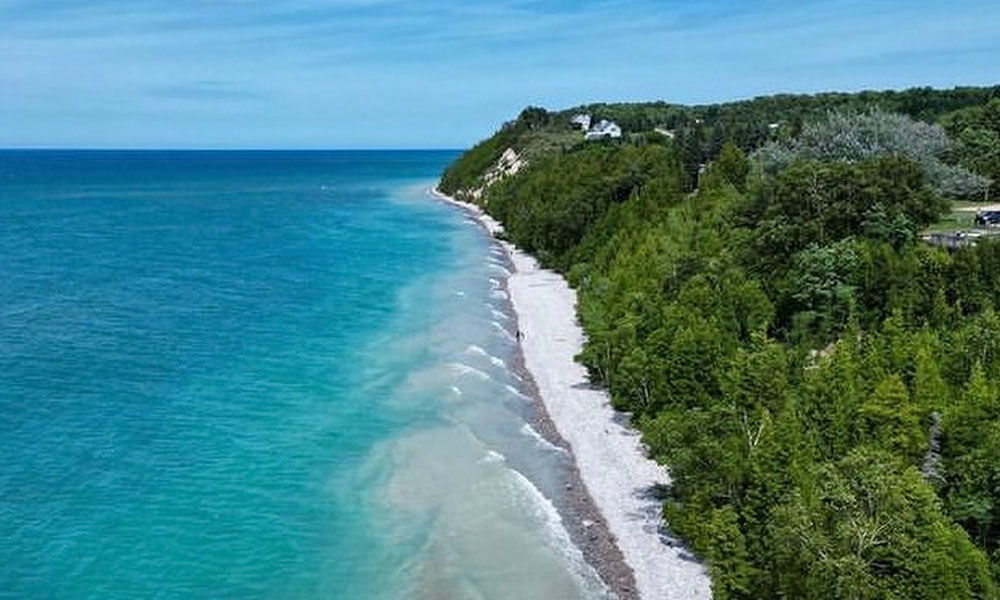
Our next lake is Lake Michigan, and it’s the only one that’s entirely in the United States. It’s like the cheerful cousin, always full of life. Though it’s a bit smaller than Superior in terms of surface area, covering around 22,400 square miles, it’s still one of the biggest freshwater lakes in the world. Think of it as the cool kid in the group.
Location
Lake Michigan’s all-American, hugging the eastern side of the United States. It’s like the neighbor’s cool kid, always full of life and ready for a good time.
When to Visit
Lake Michigan is a year-round buddy. Summers (June to August) are warm, and perfect for swimming, boating, and beach fun. Fall (September to November) is when the trees put on a colorful show, and it’s not too hot. Wintertime (December to February) brings snow – great for skiing and snowmobiling. Spring (March to May) welcomes back the birds, and waterfalls come alive with melting snow.
Importance
Lake Michigan is a big deal because it’s crucial for shipping and trade, helping the economy hum along. Plus, it’s a playground for outdoor adventures and a classroom for nature lovers.
Activities
There’s no shortage of things to do at Lake Michigan. You can hike along its shores, paddle a kayak, or even go fishing for a day. The lighthouses along the coast are cool to explore, and scenic drives offer jaw-dropping lake views. Camping is a great way to enjoy the outdoors, and Lake Michigan’s got plenty of campgrounds.
Traveling There
Getting to Lake Michigan is a breeze. If you’re in the U.S., just hit the road. Highways take you to the lake’s edge, especially along Michigan’s west coast. If you’re flying in, the airports in cities like Chicago, Milwaukee, and Grand Rapids are nearby. And if you’re feeling adventurous, consider a boat tour or ferry ride to see the lake up close.
Lake Huron
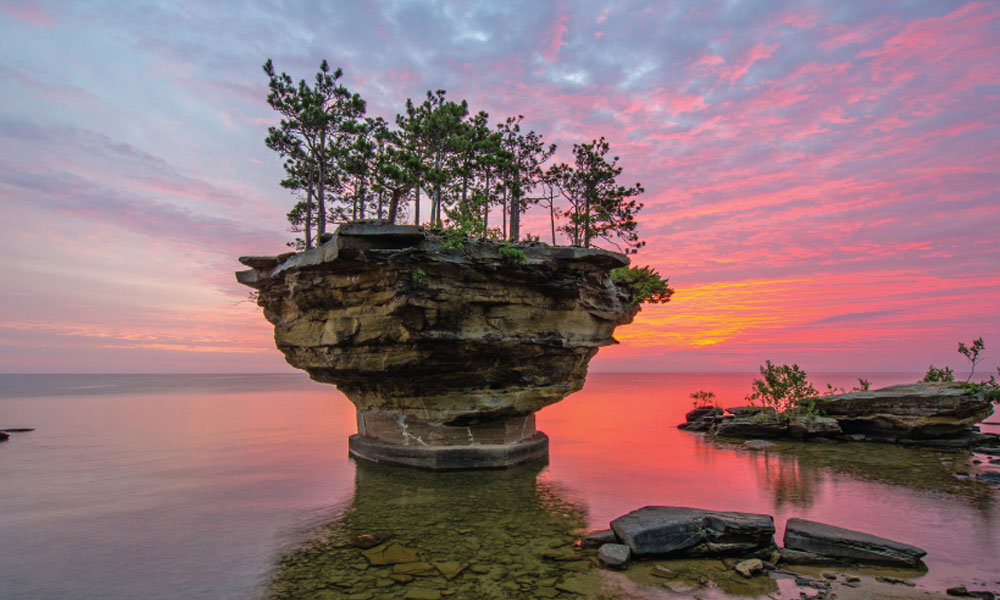
Lake Huron is like Lake Michigan’s partner in adventure. It shares its borders with the United States and Canada and has a shape that’s just as unique. If you look at it on a map, it’s like a puzzle piece, with lots of nooks and crannies to explore. It’s the second-largest of the Great Lakes by surface area, covering about 23,000 square miles.
Lake Huron, a bit like Lake Michigan’s adventure partner, is a spectacular member of the Great Lakes family.
Location
Lake Huron’s got a great spot – it’s neighbors with the United States and Canada, making it a real international superstar. It’s like the fun friend who’s always up for exploring.
When to Visit
Lake Huron is open year-round, offering something for everyone. Summers (June to August) bring warmth and are perfect for swimming, boating, and hiking. Fall (September to November) is when nature goes all colorful, and the weather cools down just right. Winters (December to February) are snowy, making it a paradise for winter sports like skiing. Spring (March to May) welcomes back the birds and gives waterfalls a reason to flow.
Importance
Lake Huron has its importance too. It’s a big player in trade and shipping, helping businesses do their thing. But it’s also famous for its natural beauty, attracting folks from all over. And for nature lovers, it’s a hub of discovery.
Activities
Lake Huron offers a menu of activities to choose from. Hiking trails take you through stunning landscapes with lake views. You can paddle a kayak, cast a fishing line, or explore historic lighthouses. Scenic drives along the coast offer postcard-perfect moments, and camping options are abundant.
Traveling There
Lake Huron is easy to get to. If you’re in the United States, hit the road – highways will lead you to the lake’s shores. Airports in cities like Detroit, Flint, and Traverse City make flying in a breeze. And if you’re up for an adventure, consider boat tours or ferries for a unique perspective of the lake.
Lake Huron is your year-round buddy, offering excitement, natural beauty, and relaxation in every season. Whether you’re an outdoor enthusiast, a fan of scenic vistas, or just looking for a serene escape, Lake Huron’s got you covered. It’s a place where you’ll create memories that will keep you coming back for more.
Lake Erie

Lake Erie is like a friendly neighbor, sharing its borders with four U.S. states – Michigan, Ohio, Pennsylvania, and New York – as well as Canada. It’s the shallowest of the Great Lakes but still impressively large, covering around 9,910 square miles. It’s known for its vibrant sunsets and, of course, its fantastic fishing.
Lake Erie, the friendly neighbor with a welcoming smile in the Great Lakes family, is a freshwater wonder that’s fully embraced by the United States and Canada.
Location
Lake Erie’s a down-to-earth lake, hugging the shores of four U.S. states – Michigan, Ohio, Pennsylvania, and New York – along with a piece of Canada. It’s like the neighbor you can always count on for a good chat.
When to Visit
Lake Erie’s got something for every season. Summers (June to August) bring sunshine and warmth, ideal for swimming, boating, and beach picnics. Fall (September to November) dresses the landscape in a tapestry of vibrant autumn colors. Winters (December to February) bring snow and ice, perfect for winter sports like ice fishing. Spring (March to May) is when nature wakes up, and waterfalls flow with melting snow.
Importance
Lake Erie plays a practical role in the neighborhood by supporting trade and shipping, giving the economy a boost. But it’s also famous for its natural charm, attracting folks from near and far.
Activities
Lake Erie offers an array of activities to dig into. There are trails for hiking, calm waters for kayaking, and plenty of fish waiting to be caught. Lighthouse tours are a great way to learn some history, and scenic drives offer stunning lake views. Camping is also an option for those seeking a night under the stars.
Traveling There
Getting to Lake Erie is simple. If you’re in the U.S., hop in your car – highways make it easy to reach the lake’s edge, especially along Ohio’s coast. Airports in cities like Cleveland, Toledo, and Erie are nearby for those flying in. And if you’re feeling adventurous, consider boat tours or ferries to see the lake from a different angle.
Lake Ontario
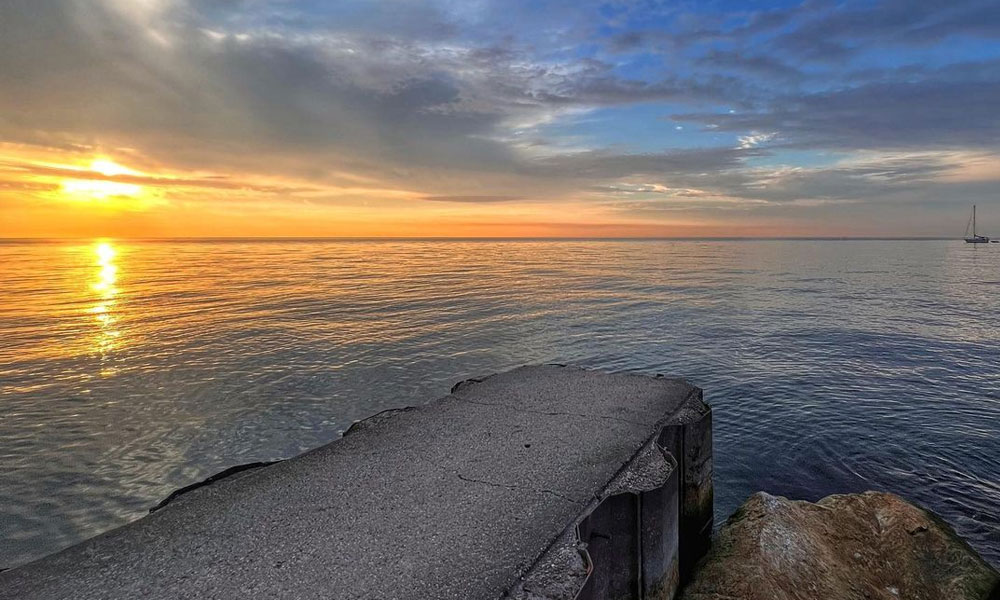
Finally, we have Lake Ontario, the easternmost and smallest of the Great Lakes by surface area. But don’t let its size fool you; it’s like a small package with a big surprise inside. It forms part of the border between the United States and Canada, with the bustling city of Toronto sitting on its northern shore. Lake Ontario might be the smallest, but it’s still huge, covering about 7,340 square miles.
Location
Lake Ontario is like the welcoming host in the Great Lakes neighborhood, with its shores shared between the United States and Canada. It forms part of the border between the two, and you’ll find the vibrant city of Toronto nestled on its northern edge.
When to Visit
Lake Ontario is a year-round retreat, offering something for all seasons. Summers (June to August) are warm and sunny, perfect for water activities like swimming, boating, and beach outings. Fall (September to November) paints the landscape with stunning autumn colors and cooler weather. Winters (December to February) bring snow, making it an ideal playground for winter sports such as ice skating. Spring (March to May) welcomes back migratory birds and showcases vibrant blooms.
Importance
Lake Ontario plays a role in the local economy by supporting trade and transportation. However, it’s also renowned for its natural beauty, drawing visitors from far and wide. For nature enthusiasts, it’s a captivating place for exploration and discovery.
Activities
Lake Ontario offers loads to do. Hiking along scenic trails, kayaking or sailing, and trying your hand at fishing are all on the menu. You can also check out historic lighthouses or take a leisurely drive along the waterfront for fantastic views. Camping under the stars is an option for nature lovers.
Traveling there
Getting to Lake Ontario is a breeze. If you’re close by in the U.S. or Canada, just hop in your car and follow the signs. If you’re flying in, airports like Toronto, Rochester, and Syracuse are nearby. And if you’re up for a unique adventure, consider boat tours or ferries to get a special view of the lake.
Dive in and embrace the journey through the Great Lakes!
You may also like:
